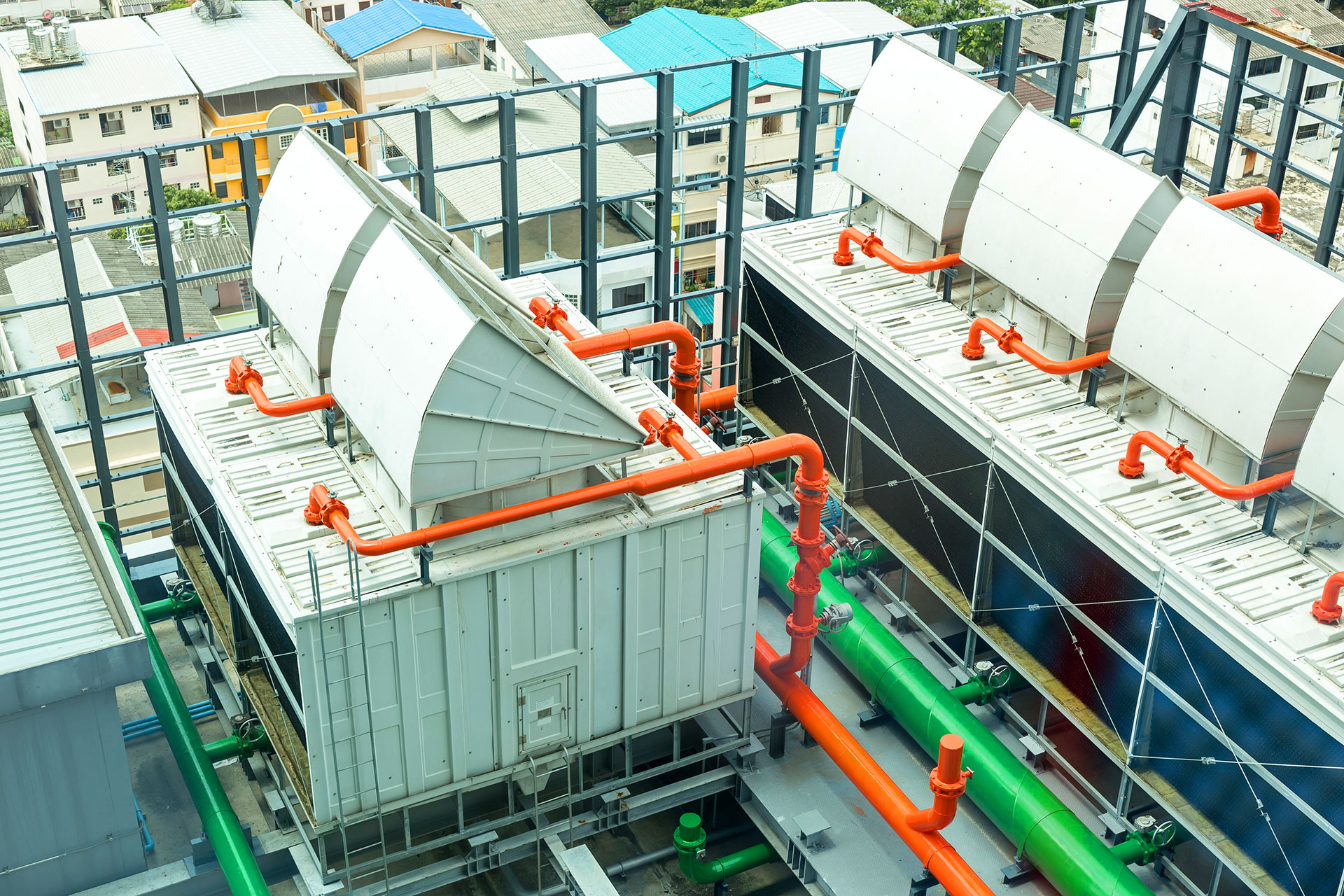4 Cooling Solutions That Keep Data Centers Ahead of the Curve
Servers hum. Racks blink. The flow of data never stops. But behind the rhythm of modern computing, something else builds—quiet, relentless, invisible. Heat. And if it’s not handled with precision? It doesn’t just slow things down. It compromises uptime. Shaves years off equipment. Costs big.
That’s why data centers are thinking cooler—literally and strategically.
Airflow isn’t an afterthought
Air cooling might sound basic, but done right, it’s anything but. High-density layouts need airflow that’s engineered, not guessed. Hot aisle/cold aisle containment. Pressure-managed environments. Smart venting that works with—not against—your layout.
Done wrong, you waste energy and overwork systems. Done right, it’s silent efficiency.
Here’s what optimized air cooling often includes:
- Hot and cold aisle separation
- Containment systems to isolate airflow
- In-row or overhead cooling units
- Precision control for different rack densities
Air cooling is still very much in the game—it just needs to be smarter than ever.
Liquid cooling enters the room
When rack density soars and workloads climb, air can only carry you so far. Liquid cooling steps in—quiet, powerful, direct.
Coolant lines whisper between processors. Plates hug heat-generating components. Suddenly, what felt like a heat trap becomes a well-oiled performance machine.
Types of liquid cooling you’ll see in modern builds:
- Direct-to-chip cooling for maximum efficiency
- Immersion cooling for extreme density and performance
- Rear-door heat exchangers
- Modular systems for phased upgrades
And no, it’s not sci-fi. It’s already here—and already proving itself.
Elevated floors are doing more than hiding cables
Raised floors have evolved. They’re not just for tidiness or airflow anymore. Integrated with sensors, directional cooling paths, and flexible access zones, they’ve become part of the system’s logic. Adaptive. Responsive.
Think of them as the nervous system for your cooling strategy—constantly adjusting as the environment shifts.
Intelligent monitoring keeps it all in motion
Set-and-forget cooling is a myth. The best systems think in real time.
Modern cooling strategies rely on smart sensors and automated feedback loops. When a zone heats up, fans redirect. When load shifts, systems adapt. And that means fewer surprises—and fewer emergencies.
Cool isn’t just a number—it’s a strategy
Cooling isn’t just about temperature. It’s about performance. Longevity. Efficiency. Sustainability. It’s about designing spaces where heat is acknowledged, managed, and moved—intelligently.
Because in the world of data, the hottest systems are always the ones that know how to stay cool.




Leave a comment